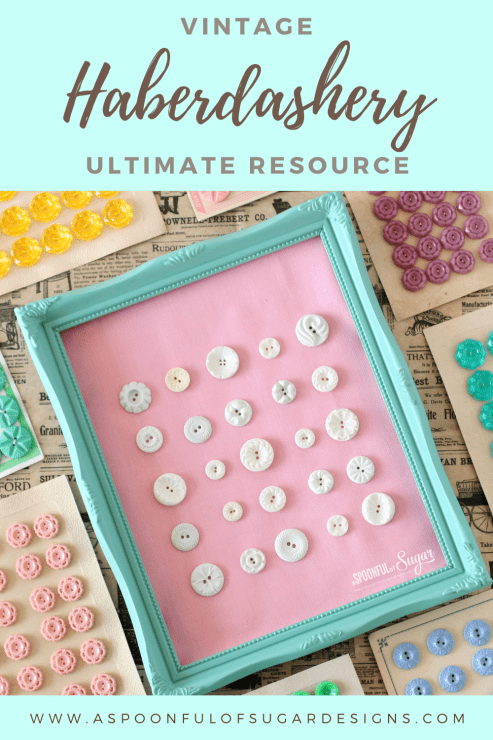
If you love sewing, you might also love collecting and displaying vintage haberdashery. Haberdashery is a term that refers to small items used in sewing, such as buttons, pins, needles, thimbles, scissors, tape measures, and so on. Vintage haberdashery can add charm and history to your sewing projects and your home. In this blog post, I will discuss what items are worth collecting. I will share some tips on where to collect items, how to store items, how to photograph them, and how to display them.
I am an avid collector of vintage haberdashery and love to use my treasures when photographing my sewing patterns to add some vintage charm. My favourite items to collect are wooden cotton reels and buttons. I’ve collected treasures from my travels – such as silk spools from Le Marché aux Puces of Paris Saint-Ouen in Paris and antique stores in Kyoto. Most of my treasured items come from my Mum and Nan, who were both avid sewists and my favourite childhood pastime was sorting through their button tins and watching them sew.
Other terms for haberdashery are sewing notions and dry goods.
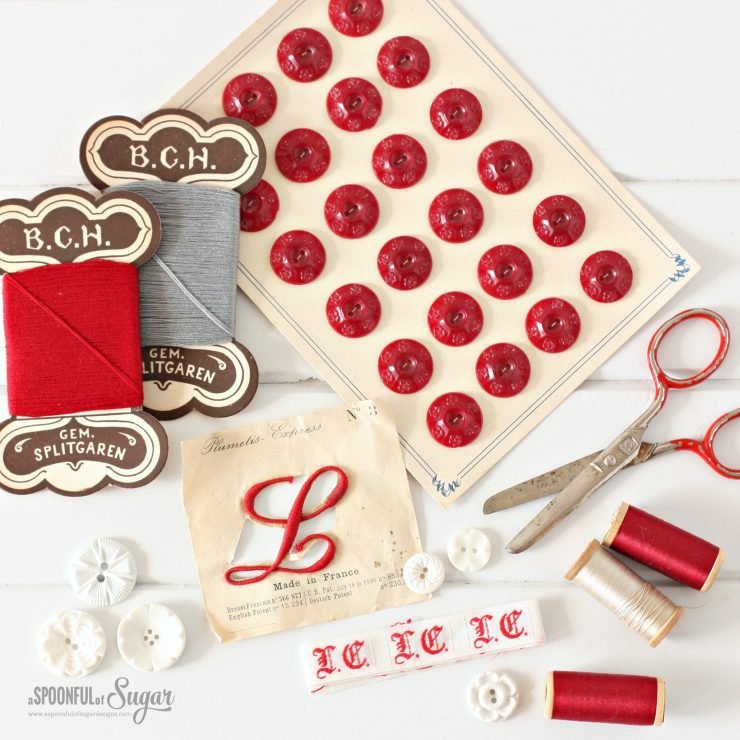
Where to collect items
One of the best places to find vintage haberdashery is at flea markets, antique shops, thrift stores, and garage sales. You never know what treasures you might discover among the piles of old Bric-à-brac. Look for boxes, jars, tins, or baskets full of buttons, pins, or other small items. Sometimes you can find entire sewing kits or cases with a variety of haberdashery inside. You can also check online platforms like eBay, Etsy, or Facebook Marketplace for sellers who offer vintage haberdashery. Don’t forget to check with your Nanna or Grandma if they have anything in their sewing box they would like to share with you.

How to store items
Once you have collected some items, you need to store them properly to preserve their quality and prevent damage. Depending on the type and size of the item, you can use different containers such as glass jars, metal tins, wooden boxes, plastic bags, or envelopes. Make sure the containers are clean and dry before putting the items inside. Label the containers with the name and date of the item if possible. Store the containers in a cool, dry, and dark place away from direct sunlight, heat, moisture, and pests.
I have cupboard in my sewing studio where I store my haberdashery in clear plastic containers so I can easily see what items are inside. I love to incorporate my buttons and cotton reels into my photography.
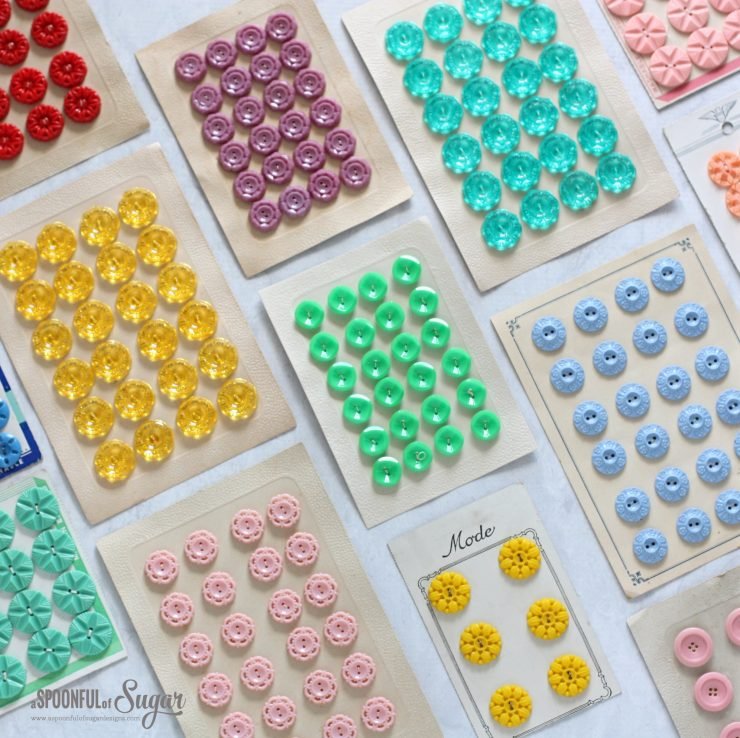
How to photograph your vintage haberdashery
If you want to share your collection with others online or in print, you need to take good photos of your items. Here are some tips on how to photograph them:
– Use natural light as much as possible. Avoid using flash or artificial light that can create harsh shadows or glare.
– Choose a simple and neutral background that contrasts with the color and shape of the item. You can use a plain white paper, a fabric, a wood board, or a wall.
– Arrange the items in a way that showcases their details and beauty. You can group them by color, size, type, or theme. You can also add some props like flowers, books, or fabrics to create a scene.
– Use a tripod or a stable surface to hold your camera or phone steady. Avoid shaking or moving the camera while taking the photo.
– Take multiple shots from different angles and distances. Experiment with different perspectives and compositions until you find the best one.
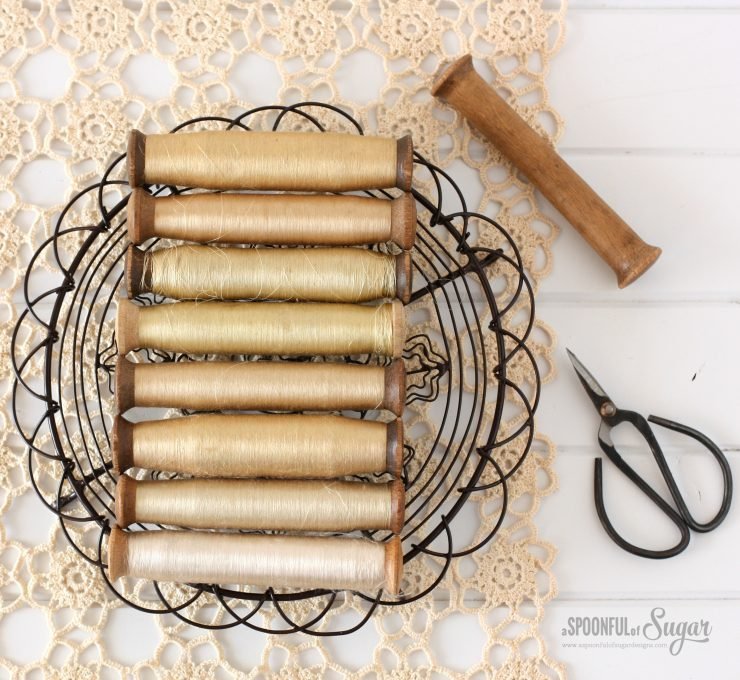
How to display vintage haberdashery
Finally, you can display your vintage haberdashery in your home as a way of decorating and expressing your personality. There are many creative ways to display them depending on your style and space. Here are some ideas:
– Use shadow boxes or picture frames to create a wall art with your items. You can arrange them in a pattern or a collage inside the box or frame. You can also add some labels or captions to tell a story about your items.
– Use glass jars or metal tins to store your items and place them on shelves, tables, or windowsills. You can mix and match different sizes and shapes of containers to create a visual interest. You can also tie some ribbons or tags around the containers to add some color and texture.
– Use wooden trays or baskets to organize your items and display them on your desk, dresser, or coffee table. You can sort your items by type or function and place them in separate compartments or sections of the tray or basket. You can also line the tray or basket with some fabric or paper to make it more attractive.
– Use hooks or pegs to hang your items on walls, doors, or cabinets. You can use string, wire, ribbon, or chain to attach your items to the hooks or pegs. You can also make some garlands or banners with your items and hang them across your room.

What items to collect
There are so many types of vintage haberdashery that you can collect depending on your preference and budget. Some of the most common and popular ones are:
– Buttons: Buttons come in various shapes, sizes, colors, materials, and designs. They can be made of metal, wood, plastic, glass, shell, bone, horn, ivory, pearl, ceramic, or fabric. They can have different patterns like floral, geometric, animal, or letter.
– Pins: Pins are small metal rods with sharp points at one end and decorative heads at the other end. They are used for holding fabrics together while sewing or for marking measurements or positions. They can have different types of heads like glass, pearl, wood, or metal.
– Needles: Needles are thin metal rods with pointed tips at one end and holes at the other end for threading thread or yarn. They are used for sewing, knitting, crocheting, or embroidering. They can have different sizes, shapes, and lengths depending on their purpose and function.
– Thimbles: Thimbles are small metal or plastic caps that fit over the tip of the finger to protect it from being pricked by the needle while sewing. They can have different designs like floral, geometric, animal, or letter. They can also have different features like dimples, ridges, or slots.
– Scissors: Scissors are tools with two blades that are joined together by a pivot and have handles at the opposite ends. They are used for cutting fabrics, threads, or yarns. They can have different shapes, sizes, and styles depending on their use and function. They can also have different decorations like engraving, painting, or inlaying.
– Tape measures: Tape measures are flexible rulers that are used for measuring lengths or distances. They are usually made of cloth, plastic, or metal and have markings in inches or centimeters. They can have different shapes like round, square, or oval. They can also have different colors or patterns like striped, checked, or dotted.

How to Use your Vintage Haberdashery Items
Once you have your vintage haberdashery, you need to decide how to use them. Here are some suggestions:
- Replace the buttons on a plain cardigan or sweater with vintage ones for a unique look.
- Sew some lace or ribbon along the hem or neckline of a dress or skirt for a romantic touch.
- Embellish a pillowcase or a quilt with some embroidery or applique using vintage threads and fabrics.
- Make a brooch or a necklace with some vintage buttons, beads, or charms.
- Create a collage or a wall hanging with some vintage fabrics, lace, and buttons.
The possibilities are endless! Just remember to be gentle with your vintage haberdashery, as they might be fragile or delicate. You might want to wash them gently before using them, or use some interfacing or stabilizer to reinforce them. Also, be careful with the iron, as some fabrics might melt or burn.
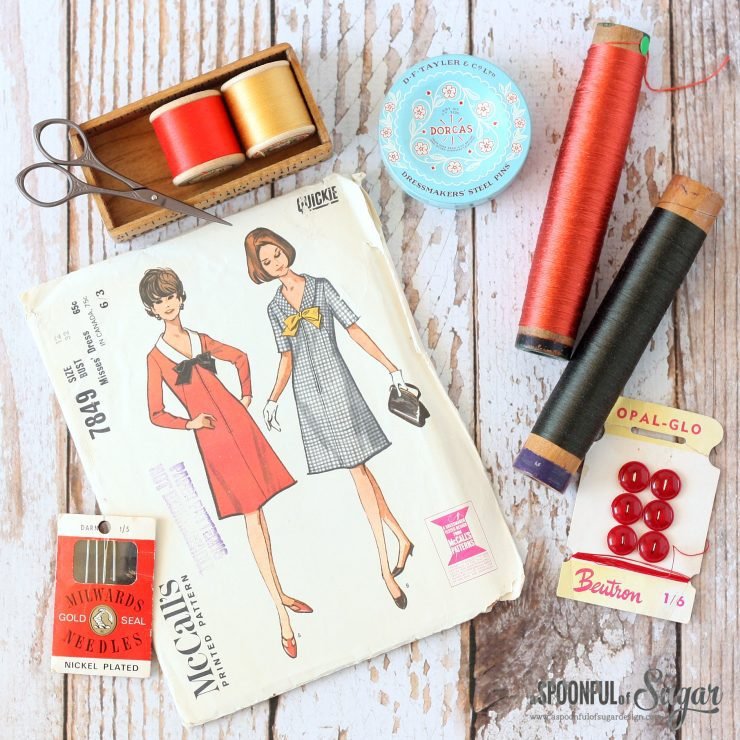
I hope you enjoyed this blog post and learned something new about vintage haberdashery. If you have any questions or comments, please leave them below. Happy collecting and displaying!
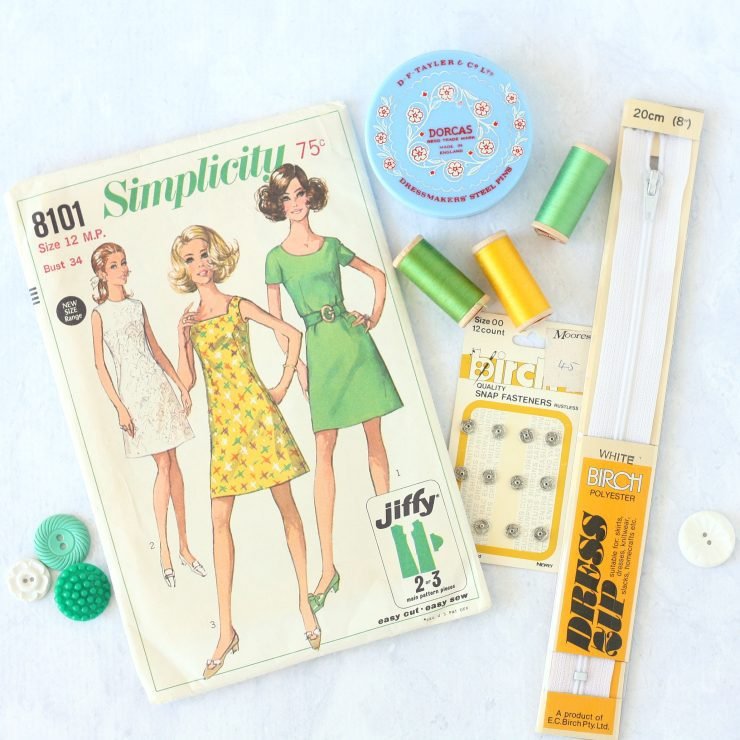
If you love vintage sewing notions, read about my Vintage Singer sewing machine. Vintage Singer Sewing Machine – A Spoonful of Sugar (aspoonfulofsugardesigns.com)
Hello! Are you new here? If so, be sure to sign up for our newsletter here and receive a bonus sewing pattern and welcome discount. Our newsletter includes free tutorials, articles, and new patterns. Welcome to the world of sewing enthusiasts.
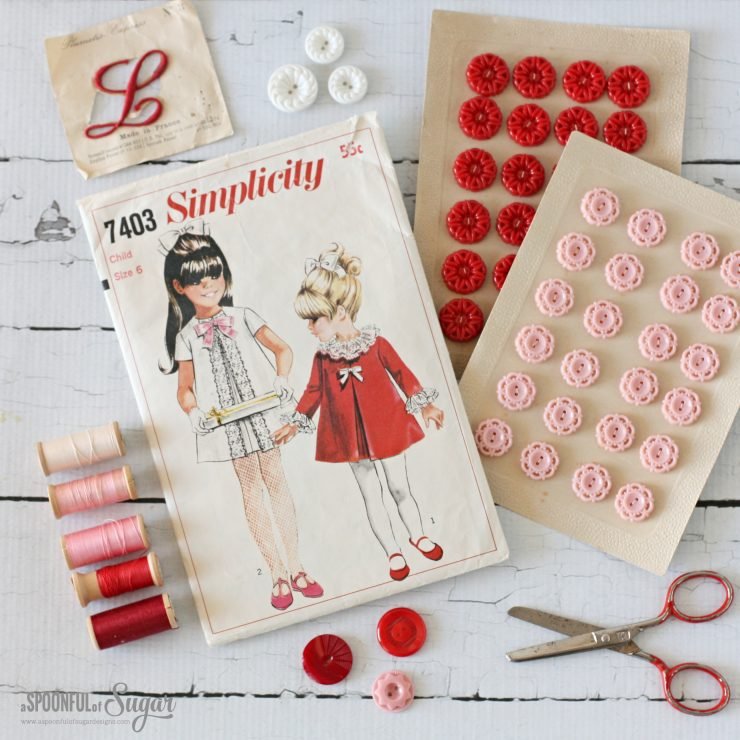


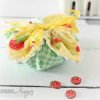

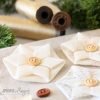


What a fun post! I, too, collect many of these same items and attempt to incorporate them in my projects.
I love the history in the old notions – happy collecting!
I had to look up Haberdashery as the only definition I knew about was “men’s clothing and accessories”. Interesting that the British definition is so different. I have a very large collection of sewing notions, just came naturally as I love to sew and love to go junkin’. Have been collecting for 50 years, so you can just imagine what I have!
Hi Pat – I am Australia – I didn’t realise that you use the term dry goods and sewing notions. I bet your collection is amazing!
Oh my goodness what a memory lane trip that was.
Happy you enjoyed the post Jude. I love my collection of treasures.
My Grandparents owned a Dry Goods store (think Litttle House on the Prairie) and I still have a couple drawers and notions. Never thought that anyone else would enjoy them. Thank you so much for reminding us. Your photography is lovely!
How lovely Joan to hear your Grandparents had a Dry Good Store – it must have been a fun place to visit! Glad that my post helped you reminisce.
Pat, I am an avid fan of Call The Midwife. If you’ve ever watched the series, one of the characters has her own shop, Violets Haberdashery. Filmed in the East End of London.
I love Call the Midwife! Would love to browse in an old haberdashery store.